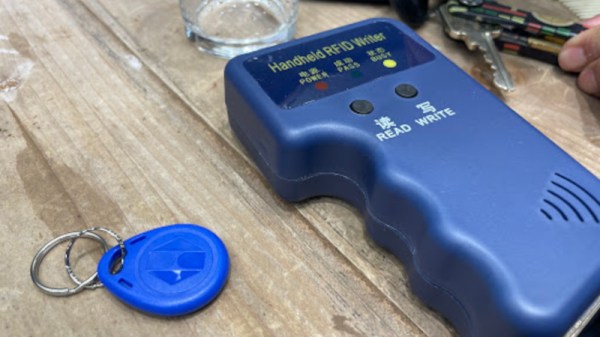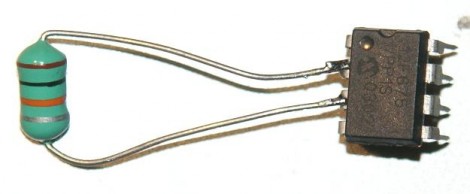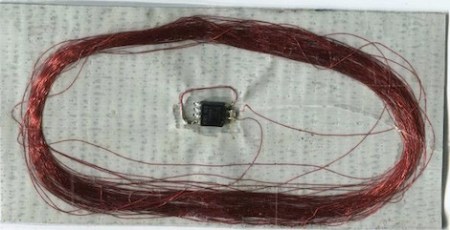Magnetic stirring bars are the coolest piece of equipment you’ll see in a high-school chemistry lab. They’re a great way for agitating a solution without having to stand there manually and do it yourself. [Applied Science] has now made a magnetic stir bar that features an integrated temperature sensor.
The device is essentially an RFID temperature sensor snuck inside a custom-made magnetic stir bar. The bar is paired with a smart hotplate base that displays the temperature readings. As a bonus, it can detect when the magnetic stir bar is out of place or not in sync, prompting it to slow down the spin motor until the stir bar is turning properly again.
The video also notes that the stir bar could be instrumented for even greater functionality. A Hall effect sensor could measure the magnetic slip angle of the stir bar, and provide useful readings of liquid viscosity. Alternatively, a pressure sensor in the stir bar could potentially measure liquid level based on hydrostatic pressure.
It’s a great quality-of-life improvement for regular lab work. It eliminates the need for bulky temperature probes that often get in the way. We’ve featured some interesting temperature sensors before, too.
















